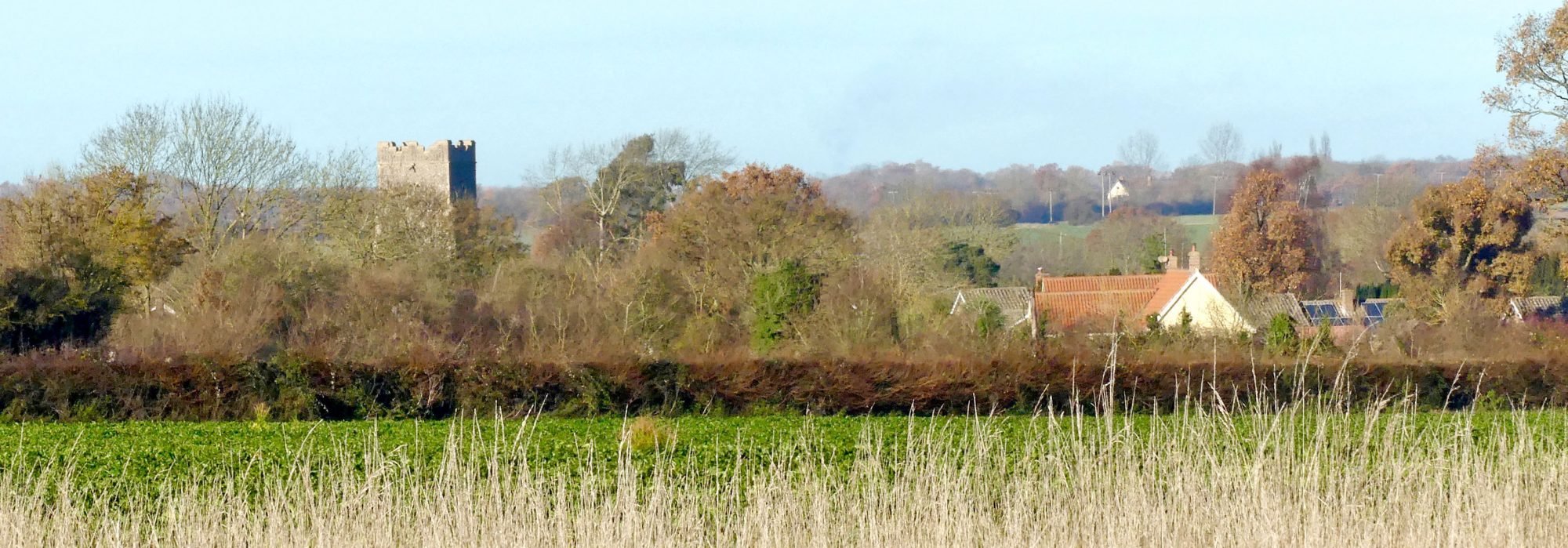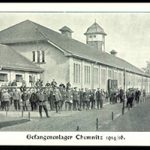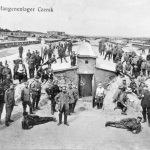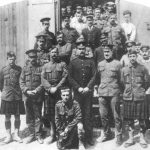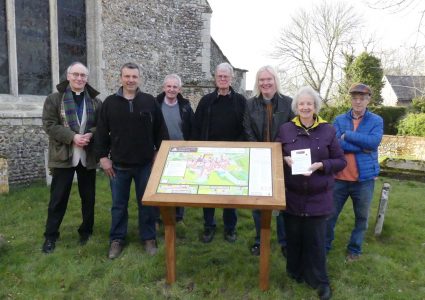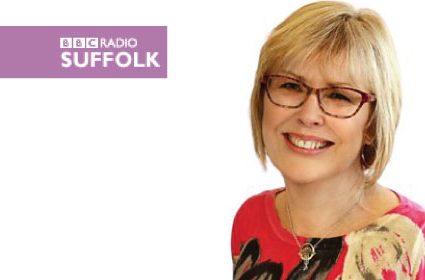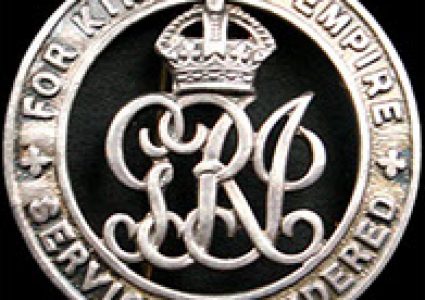Harry Moore was born in 7th June 1894 and was baptised on the 11th November in Walsham le Willows, the son of Harry and Alice Mary Moore (née Leggett – b. Wyverstone 1869).
In the 1901 census, Harry was aged 6, living with his father, Harry, aged 31, a Horseman on a Farm, and his mother, Alice Mary, aged 32, an older sister, Laura J, aged 8 and two brothers, Alfred B, aged 4 and John L, aged 1 at Sandpits Farm, Summer Road, Walsham le Willows.
In the 1911 census, Harry was now aged 16, a farm labourer and was still living with his father, Harry, now aged 41, a Horseman on Farm, and his mother, Alice Mary, now aged 42 and five siblings, Albert (previously Alfred B), aged 14, a farm labourer, John, aged 11, Charles, aged 7, Elsie, aged 5 and Arthur, aged 3 at Sandpits Farm, Summer Road, Walsham le Willows.
Military and War: Harry enlisted on the 11th March 1914 as a Private in the 2nd Battalion Suffolk regiment, Regimental no. 8919. Unfortunately, Harry’s war was brief as he was captured at Le Cateau and taken prisoner on the 26th August 1914. The Battle of Le Cateau was fought on 26 August 1914, after the British and French retreated from the Battle of Mons and had set up defensive positions in a fighting withdrawal against the German advance.
Having been taken prisoner, he was interred at Doberitz POW Camp. On the 11th February 1918, Private Harry Moore, was transferred from Czersk to Chemnitz POW Camp. It looks like Harry was transferred from Doberitz and moved to Czersk, which is South-East of Danzig in Poland and then in 1918 moved again to Chemnitz in Eastern Germany.
Doberitz POW Camp: This was a large camp accommodation over 8,000 prisoners from England, Russia, France and Belgium. It was about 8 miles from Berlin and was described as the Aldershot of Berlin and was close to an important military training centre.
Czersk POW Camp: This was a very large POW camp housing over 20,000 men from England, France Italy, Romania, Belgium and Russia. By far the greatest number was from Russia which comprised over 90%of the POW population.
Chemnitz POW Camp: This camp accommodated for over 4,000 men of which more than 3,500 were from England. The camp, closed at the end of the war, was subsequently used in WW2 and was located close to Sachsenburg Concentration Camp. Some 600 POWs from WW1 were buried here. Conditions were bad in this camp with outbreaks of typhus, dysentery, and cholera with prisoners being forced to work in adjacent quarries.
Subsequent to WW1, he was awarded the 1914 Star, Victory and War medals.
Harry remained in the Army for a total of 21 years.
Post War: Harry married Rebecca Kezia Sykes in the 1st Quarter1922 (Stow 4A-1369). In the 1922 Kelly’s Directory, Harry now aged 28 is living with Rebecca, aged 32 at The Bungalow, Shackerland Hall, Badwell Ash. In the 1939 register, Harry and Rebecca are show as still living in Shakerland Hall Bungalow and Harry is described as a farm labourer.
Harry died on the 3rd Quarter 1983. In his Obituary in The Bury Free Press it stated that Harry died at the West Suffolk Hospital aged 89 and was a resident of South Court, Bury St Edmunds. Rebecca had pre-deceased him. The Obituary continued: Born at Sandpits Farm, Walsham le Willows, he left school to work on the land but at an early age he ran away from home and joined the Army. Enlisting in The Suffolk Regiment, Mr. Moore was posted to Curragh Camp in Ireland and was there when war broke out in 1914. He was soon posted to France and fought in The Battle of Mons where he was taken prisoner.
It was on board a ship en-route to India that Mr. Moore met his wife, who was working as a nanny for The Colonel of The Regiment. After completing 21 years in The Army he settled in London working as a commissionaire for The Worshipful Company of Carpenters. Eventually, he moved to Badwell Ash and worked for many years at Shakerland Hall farm. After his wife’s death he moved to Walsham le Willows where he lived for a few years before moving to South Court.
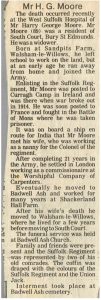
Harry Moore is buried in the Richer Road cemetery, in Row 12, Plot 18 next to his wife.
